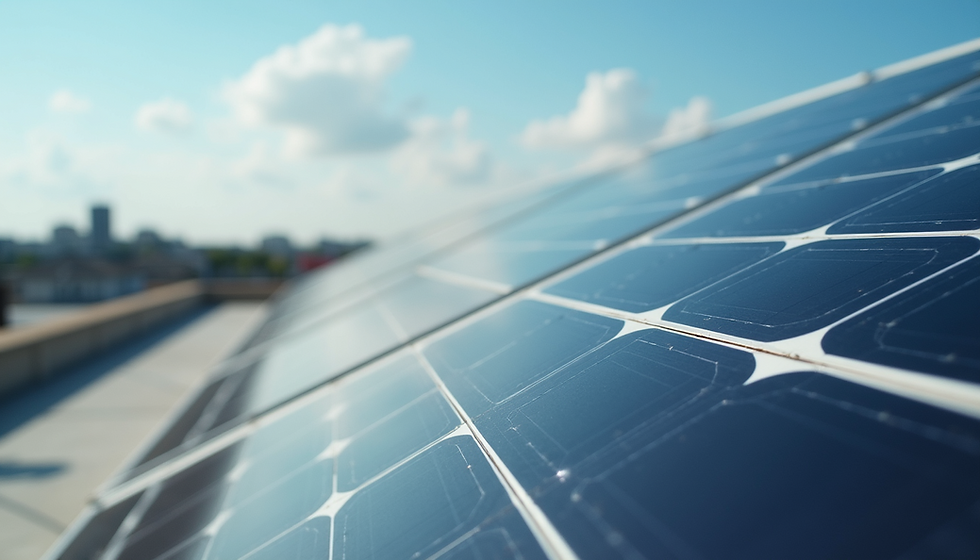Smart Grids 101: Modernizing the Electricity Network for a Sustainable Future
- Sankalp Agrawal

- Jun 1
- 3 min read
The traditional power grid has served us well for over a century, but it was never designed to meet the dynamic demands of the 21st-century energy landscape. With the rise of renewable energy, electric vehicles, decentralized generation, and real-time energy consumption, the conventional grid is being pushed to its limits. Enter the smart grid—a digital, responsive, and resilient electricity network that is key to enabling a sustainable and efficient energy future.
In this blog, we break down what smart grids are, how they work, their benefits, and the innovations shaping their evolution.

What is a Smart Grid?
A smart grid is an electricity network that integrates digital technology to monitor, communicate, and manage the flow of electricity from generation to consumption. Unlike the traditional grid, which operates in one direction—from centralized power plants to consumers—a smart grid facilitates two-way communication and energy flow.
It uses sensors, automation, and advanced analytics to enhance the reliability, efficiency, and sustainability of the power system.
Key Components of Smart Grids
Smart Meters: Digital devices installed in homes and businesses that provide real-time data on electricity usage.
Advanced Metering Infrastructure (AMI): Enables remote meter reading, outage detection, and demand response programs.
Distributed Energy Resources (DERs): Solar panels, wind turbines, and battery storage systems connected to the grid.
Supervisory Control and Data Acquisition (SCADA): Centralized systems for remote monitoring and control of grid operations.
Demand Response Systems: Incentivize consumers to reduce or shift energy use during peak demand.
Energy Management Systems (EMS): Optimize energy generation, distribution, and consumption.
Why Smart Grids Matter
1. Integration of Renewables: Smart grids allow for seamless integration of variable renewable energy sources, such as solar and wind, by balancing supply and demand in real time.
2. Improved Reliability: By detecting and isolating outages quickly, smart grids enhance the reliability and resilience of the electricity network.
3. Energy Efficiency: Real-time data and automation reduce losses in transmission and distribution, lowering overall energy consumption.
4. Empowered Consumers: With access to consumption data, consumers can make informed decisions and actively participate in energy markets.
5. Decentralization and Flexibility: Smart grids support microgrids, electric vehicle charging, and peer-to-peer energy trading, making the grid more adaptive and resilient.

Challenges and Barriers
Despite their promise, smart grids face several challenges:
High initial investment in infrastructure and digital technologies.
Cybersecurity risks due to increased digital connectivity.
Regulatory hurdles and the need for updated policy frameworks.
Data privacy concerns related to consumer energy usage data.
Global Examples and Initiatives
United States: Programs like the Smart Grid Investment Grant (SGIG) have modernized thousands of miles of grid infrastructure.
European Union: Initiatives like Horizon Europe support research and deployment of smart grid technologies.
India: The Smart Grid Mission is upgrading urban electricity networks and promoting smart metering.
Japan: Pioneering the integration of smart grids with disaster resilience and local renewables.
The Road Ahead

As we transition toward a decarbonized, decentralized, and digitized energy system, smart grids are no longer optional—they are essential. Their ability to harmonize supply and demand, integrate renewables, and empower consumers will be foundational to achieving climate goals and ensuring energy security.
At NRGIZED, we see smart grids as the backbone of tomorrow’s energy infrastructure. By investing in innovation and awareness today, we’re paving the way for a smarter, greener, and more equitable energy future.






Comments